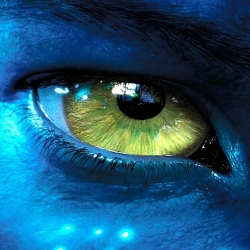
A new study by University of Chicago and Northwestern University researchers that calculates the influence of cloud behavior on climate doubles the number of potentially habitable planets orbiting red dwarfs, the most common type of stars in the universe.
In our Milky Way galaxy alone, 60 billion planets may be orbiting red dwarf stars in the habitable zone.
Current data from NASA’s Kepler Mission, a space observatory searching for Earth-like planets orbiting other stars, suggest there is approximately one Earth-size planet in the habitable zone of each red dwarf. The new study roughly doubles that estimate. It also suggests new ways for astronomers to test whether planets orbiting red dwarfs have cloud cover.
These new simulations show that if there is any surface water on the planet, water clouds result. The simulations further show that cloud behavior has a significant cooling effect on the inner portion of the habitable zone, enabling planets to sustain water on their surfaces much closer to their sun.
“If you look at Brazil or Indonesia with an infrared telescope from space, it can look cold, and that’s because you’re seeing the cloud deck,” Cowan said. “The cloud deck is at high altitude, and it’s extremely cold up there.”
If the James Webb Telescope detects this kind of signal from an exoplanet, Abbot noted, “it’s almost definitely from clouds, and it’s a confirmation that you do have surface liquid water.”
